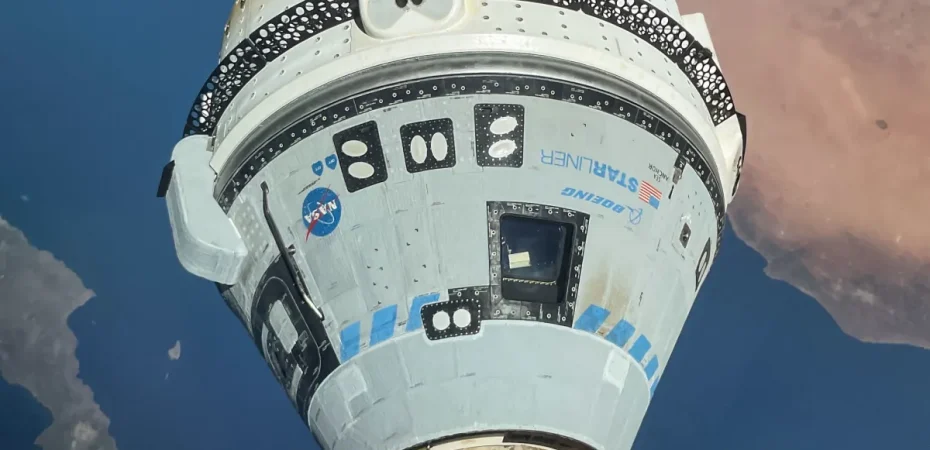Introduction
NASA and Boeing have announced a delay in the return of the CST-100 Starliner spacecraft from the International Space Station (ISS) to early July due to propulsion system problems. This delay highlights the need for robust cybersecurity measures in managing space missions, especially when dealing with extended missions and unexpected delays.
Extended Stay Challenges
The extension of the Starliner’s stay at the ISS presents unique cybersecurity challenges. Spacecraft systems are designed for specific mission durations, and extending beyond these limits can expose the systems to increased wear and potential vulnerabilities. This extended duration necessitates additional cybersecurity measures to protect against potential attacks that could exploit these prolonged operations. This is especially true for the ground system, as they are in constant communication with the vehicle to troubleshoot issues, which adds exponentially more attack vectors.
The delay is attributed to small helium system leaks and thruster performance issues observed during rendezvous and docking. These technical challenges raise cybersecurity concerns, as any vulnerabilities in the propulsion system could be exploited by malicious actors to disrupt the mission. Ensuring the integrity and security of propulsion systems through rigorous testing and monitoring is crucial to prevent potential cyber attacks that could exacerbate technical issues.
The longer stay at the ISS provides more time for data collection and system analysis. However, prolonged missions increase the risk of cyber threats. Continuous data integrity checks and robust cybersecurity protocols are essential to protect the spacecraft’s systems from potential cyber attacks that could compromise critical data and mission success.
The Starliner’s extended mission underscores the importance of securing the entire supply chain, including hardware and software components. Regular software updates and patches are essential to address vulnerabilities and prevent exploitation by threat actors. Implementing secure software development practices and ensuring the reliability of components sourced from trusted suppliers are key to maintaining the security of space missions.
Mitigation Strategies
Enhanced monitoring and real-time incident response capabilities are vital for managing extended space missions. Continuous monitoring of the spacecraft’s systems can help detect and respond to cyber threats promptly, minimizing the impact on the mission. Developing robust incident response plans and conducting regular cybersecurity drills can further strengthen the mission’s resilience against cyber attacks.
Collaboration between NASA, Boeing, and cybersecurity experts is essential to address the cybersecurity challenges associated with space missions. Sharing knowledge and best practices can help develop comprehensive cybersecurity strategies that protect the spacecraft from potential threats. Engaging with industry partners and leveraging advancements in cybersecurity can enhance the overall security posture of space missions.
Conclusion
The delay in Boeing’s Starliner return highlights the critical importance of cybersecurity in managing space missions. Addressing technical challenges and extending mission durations necessitate robust cybersecurity measures to protect the spacecraft’s systems from potential cyber threats. By implementing comprehensive cybersecurity strategies and fostering collaboration, we can ensure the safety and success of future space missions.
